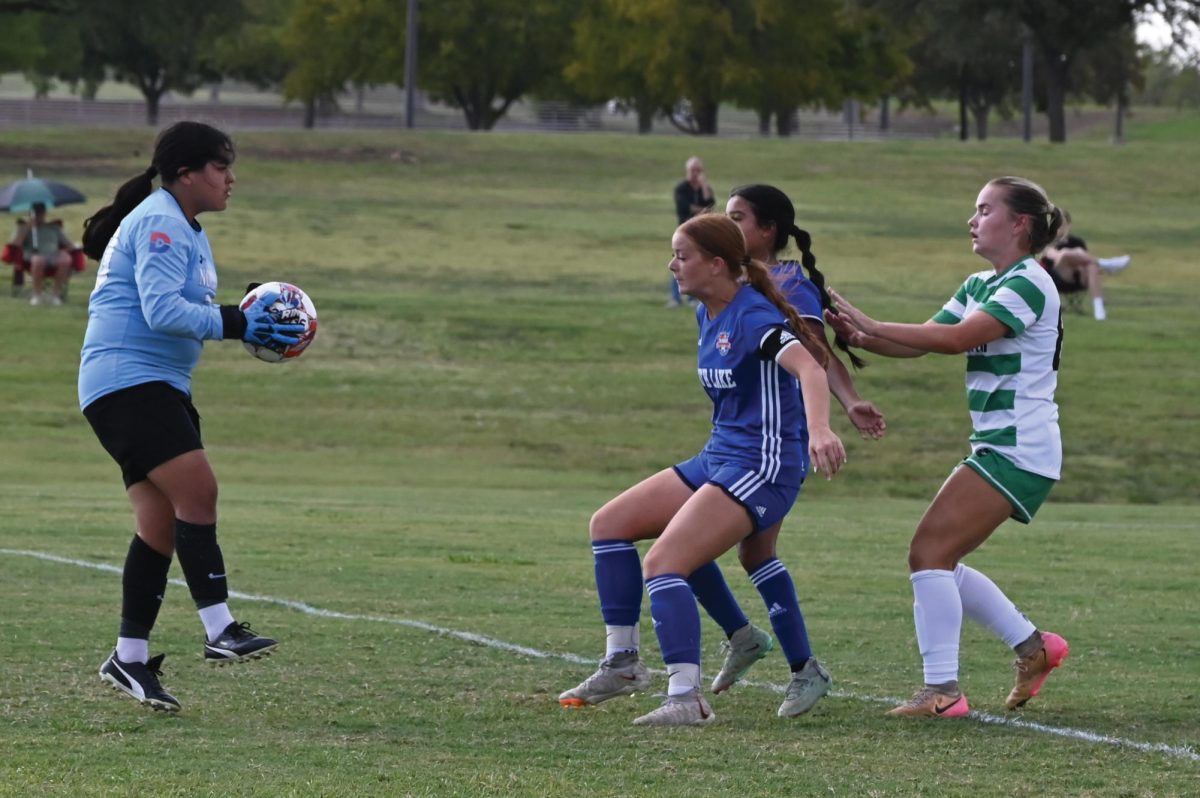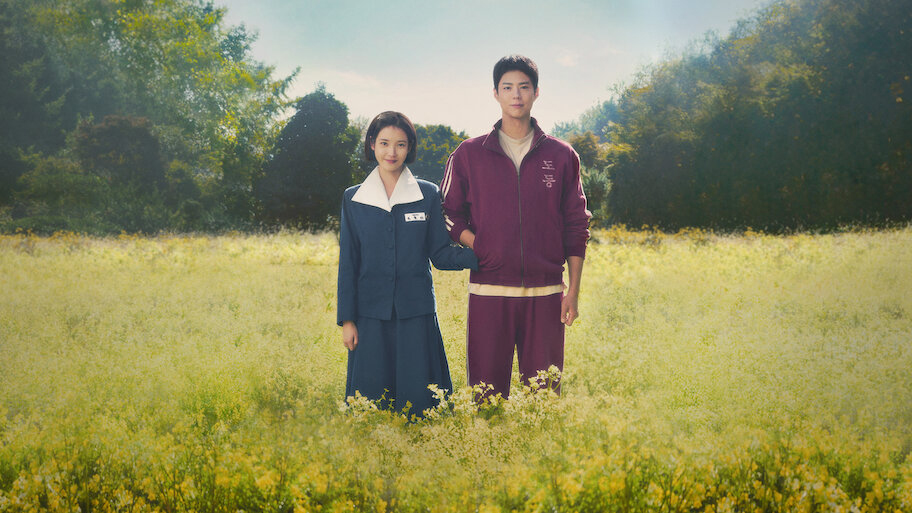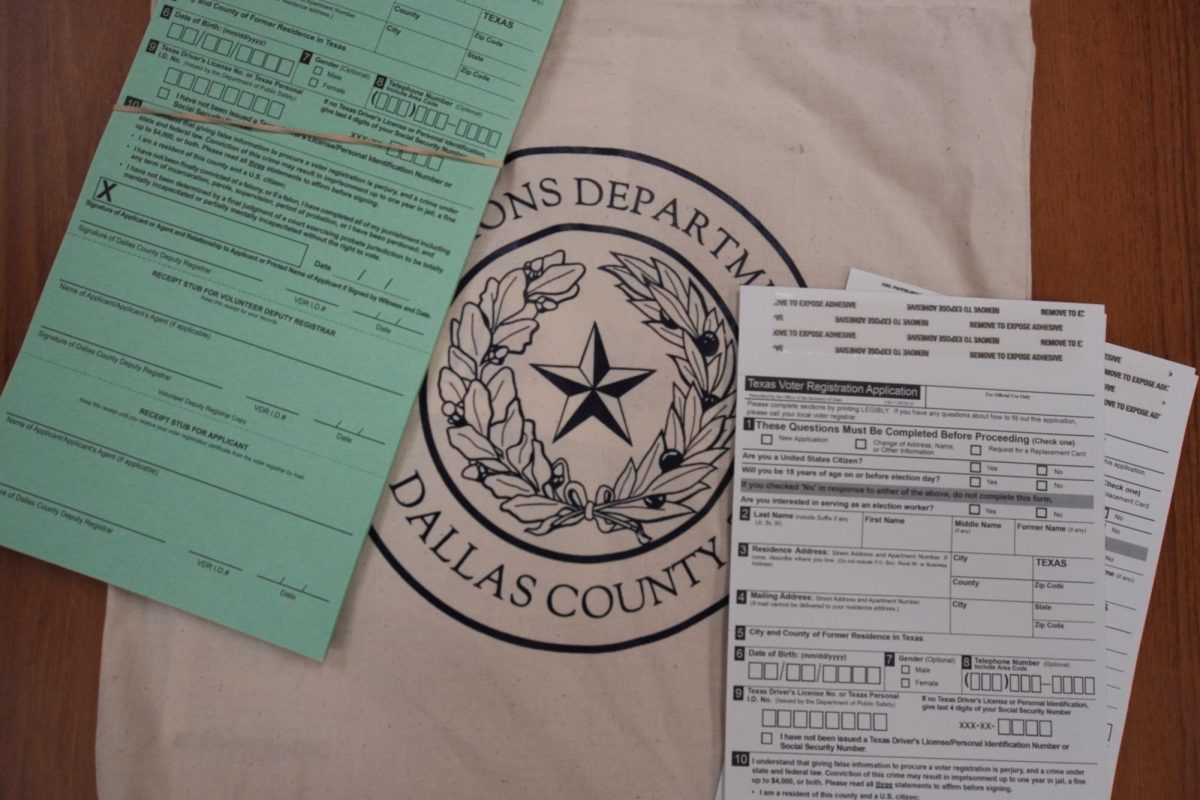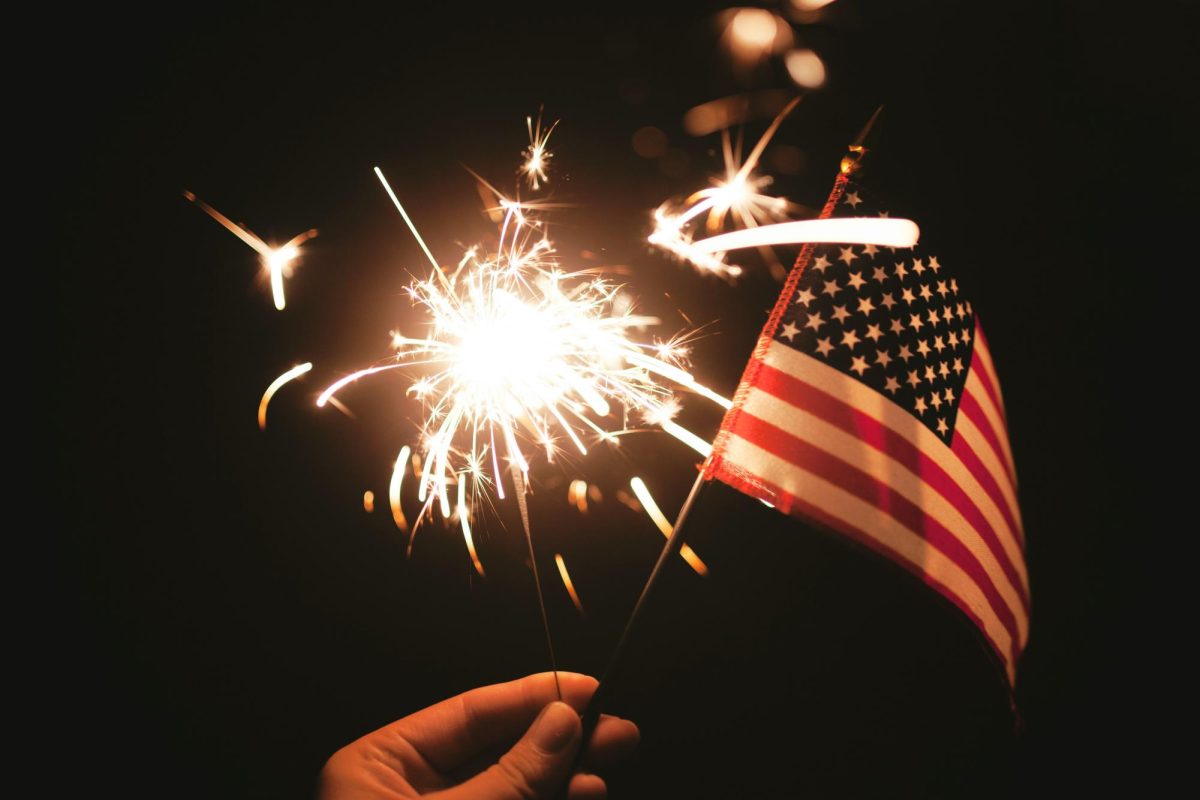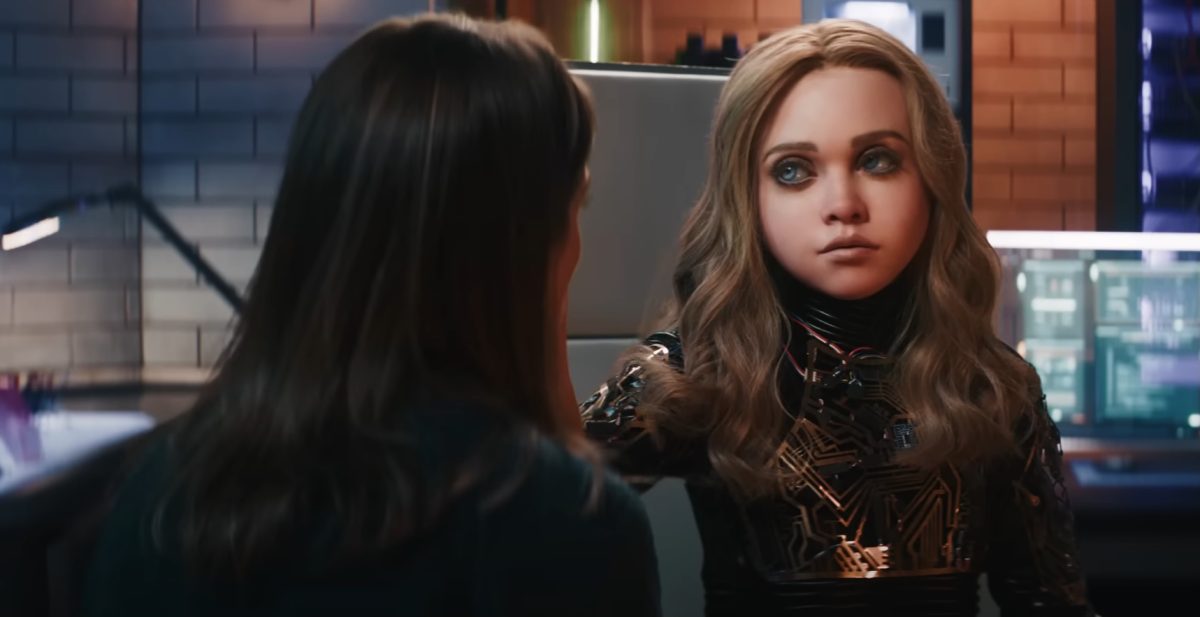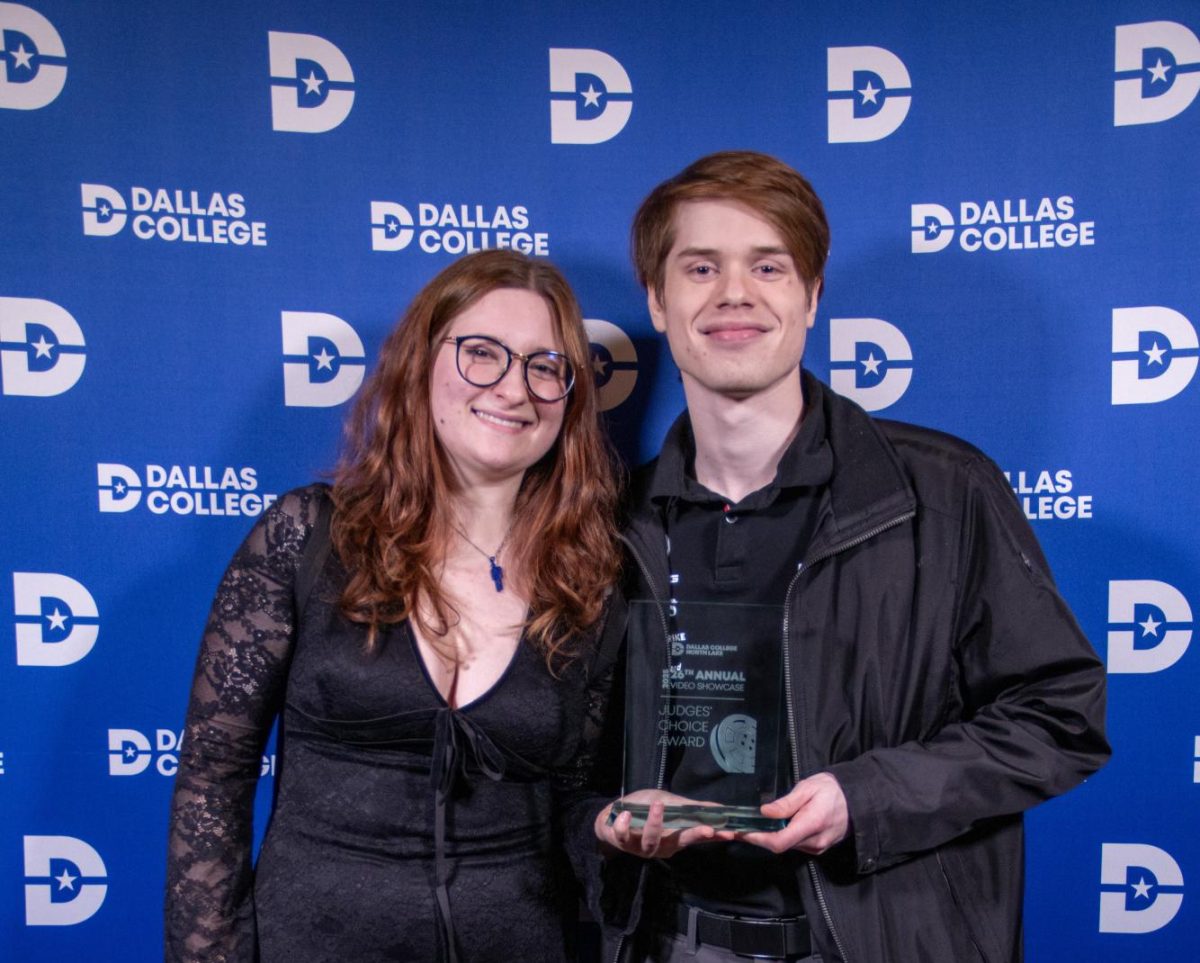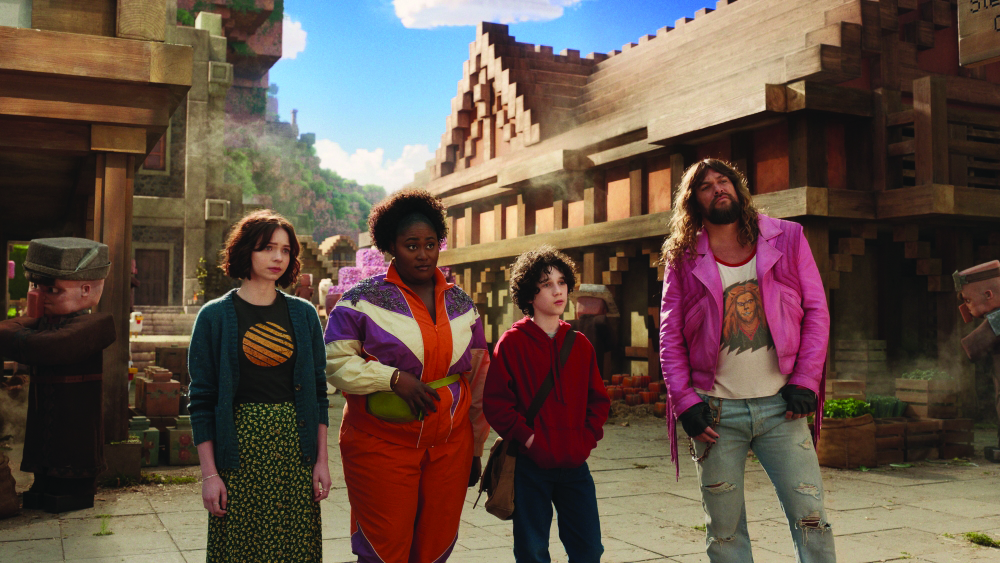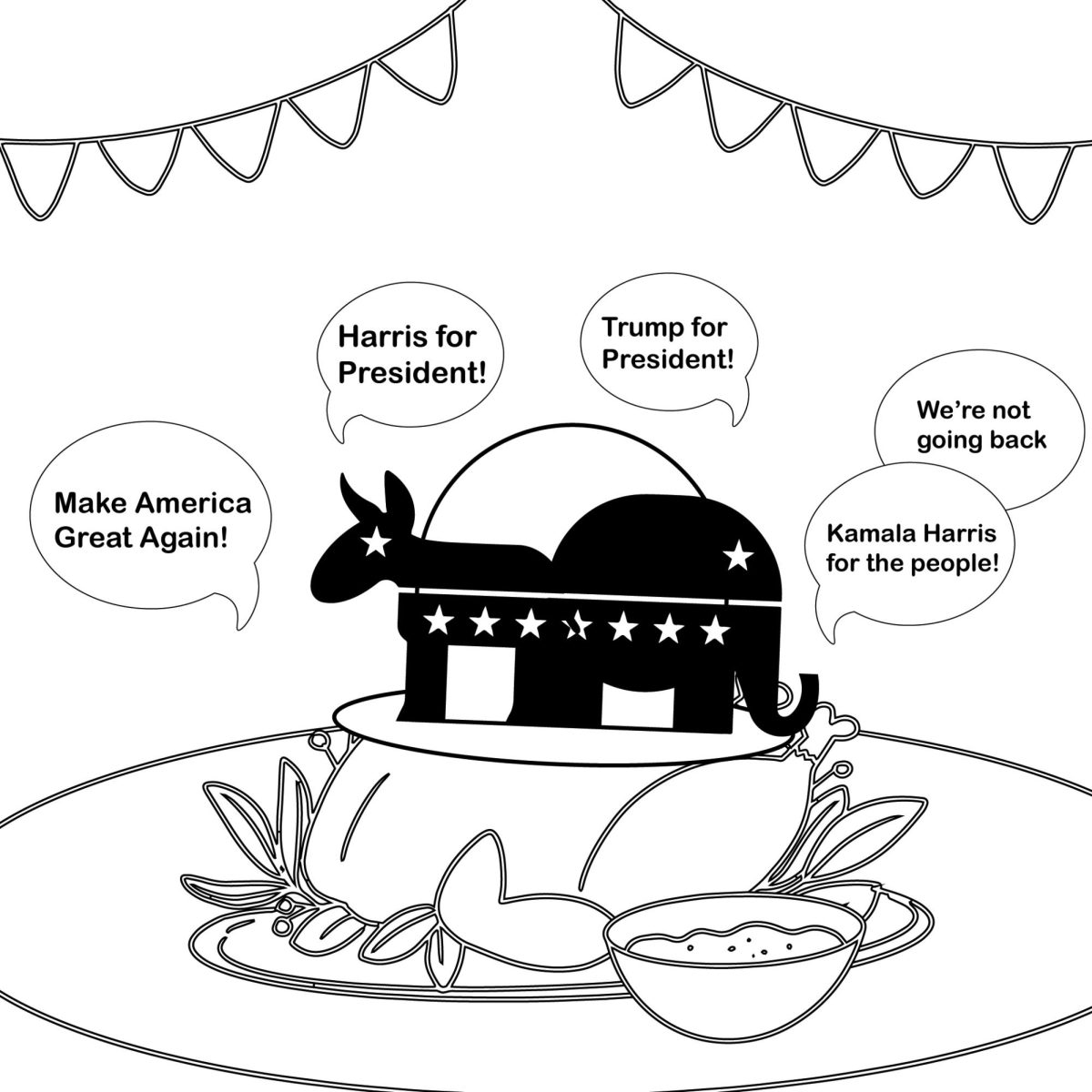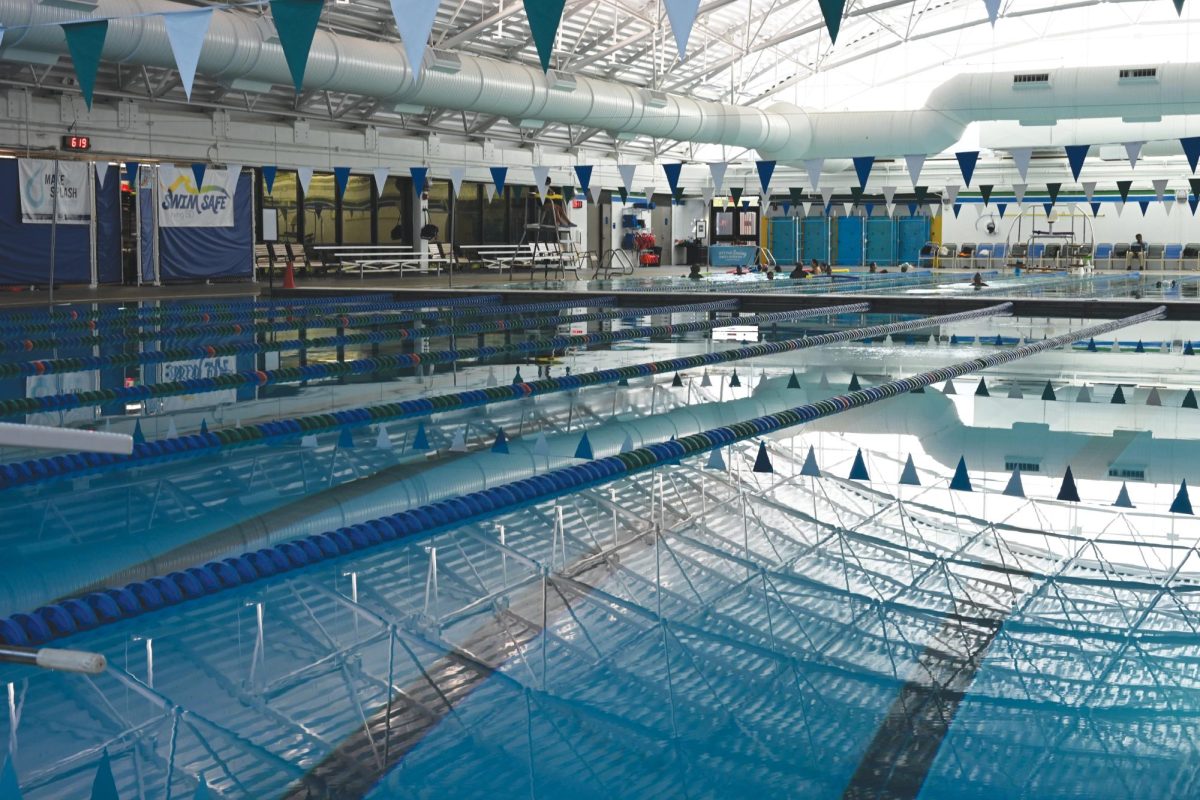What began as a planned construction ended up turning into a four month-long problem for the campus.
The construction seen around campus since the beginning of the academic year is a multi-project aimed at fixing and updating the outside walkways of campus.
“Basically, we’re repairing some concrete in the north parking lots. We’re repairing sidewalks,” facilities director Gary Hodges, said.
At first, the construction was delayed because of the pandemic, but then on Nov. 5, they were stopped because the project had encountered another problem. “It was accidentally cut by a contractor who was working on a drainage project,” Hodges said. “The contractor was working on the strangest problem out here. He had all the gas lines marked, but [the gas line] didn’t show up on the survey the way that they thought it was and so he was digging, and he cut it.”
The drainage project began because of the constant stagnant water found between the C and M-building.
“So, it’s been in the works for a couple years. Water stands out here whenever it rains, Hodges said. “And so, it was to clean up this area and to get the drainage water to evacuate through the campus.”
After this incident, the gas lines were turned off by the city of Irving ordinances and an investigation began. Each building on campus was thoroughly inspected for possible gas leaks.
“We had to test every building to make sure there were no gas leaks, so it took several weeks to get the gas back onto the boilers and heaters,” Hodges said.
The campus spent some time shut down so any and all leaks could be repaired. During this inspection, many minor leaks were found throughout the campus but were not hazardous.
“We had multiple buildings that we had to search for. Some of them were new leaks, but there were little small leaks all over the campus. Probably not enough to be harmful but enough that it wouldn’t hold 100%,” Hodges said. “It’s a long process, especially when a building like C has multiple valves, there’s a lot of gas in the building. You have to check every valve and check everything before the city will give you a permit to turn it back on.”
This incident caused slight inconveniences for a few departments that depend on the gas line for their projects and coursework, like the ceramics department.
“We didn’t have gas for a couple of weeks, it’s not a big deal, so we couldn’t Raku [an ancient Japanese fire-glazing technique] for a couple weeks, which was like no big deal,” ceramics professor Jennifer Pilon said. “I just recorded some stuff and took pictures of it and sent it to the students. I think it’s like in any situation, you just redirect the situation and make the best of what you have.”
Once the gas line incident was corrected, focus shifted onto the ongoing construction projects.
“Basically, we’re repairing some concrete in the north parking lots. We’re repairing sidewalks mainly, we’ll get new lighting and have another lighting project coming up hopefully in the next month,” Hodges said.
During the 2021 fall semester, repairs done to the light posts in the A parking lot improved the lighting making the lot safer for students, faculty, and staff during the night.
According to one of the crew members working on the installation, they are also more environmentally conscious with each light fixture only consuming 17 watts of power; a drastic decrease from the previous lights which consumed 400 watts.
While the current construction projects are going on, the walkways around campus will also be upgraded to provide better lighting for those on campus during the night.
Currently, the area between the A building and L building are being dug out to have a wheelchair accessible ramp installed. This allows students with disabilities to directly travel from the parking lot to liberty circle without having to use the elevator inside the library.


